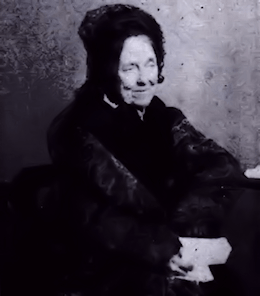Textus Receptus Bibles
Julia E. Smith Translation 1876
| 39:1 | In that time Merodach-Baladan, son of Baladan king of Babel, sent letters and a gift to Hezekiah: and he will hear that he was sick, and he will be strengthened. |
| 39:2 | And Hezekiah rejoiced over them, and he will cause them to see the house of the spices, the silver and the gold and the aromatics, and the good oil, and all the house of his vessels: and all which was found in his treasures, there was not a word which Hezekiah caused them not to see, in his house and in all his dominions. |
| 39:3 | And Isaiah the prophet will come to king Hezekiah, and say to him, What said these men? and from whence will they come to thee? And Hezekiah will say, From a land far off came they to me, from Babel. |
| 39:4 | And he will say, What saw they in thy house? and Hezekiah will say, All which is in my house they saw: there was not a word that I caused them not to see in my treasures. |
| 39:5 | And Isaiah will say to Hezekiah, Hear thou the word of Jehovah of armies: |
| 39:6 | Behold, the days coming and all which is in thy house and which thy fathers treasured up, even to this day, being lifted up to Babel: there shall not be left a word, said Jehovah. |
| 39:7 | And from thy sons that shall come forth from thee which thou shalt beget, they shall take; and they were eunuchs in the temple of the king of Babel. |
| 39:8 | And Hezekiah will say to Isaiah, Good the word of Jehovah which thou spakest And he will say, That there shall be peace and truth in my days. |

Julia E. Smith Translation 1876
The Julia Evelina Smith Parker Translation is considered the first complete translation of the Bible into English by a woman. The Bible was titled The Holy Bible: Containing the Old and New Testaments; Translated Literally from the Original Tongues, and was published in 1876.
Julia Smith, of Glastonbury, Connecticut had a working knowledge of Latin, Greek and Hebrew. Her father had been a Congregationalist minister before he became a lawyer. Having read the Bible in its original languages, she set about creating her own translation, which she completed in 1855, after a number of drafts. The work is a strictly literal rendering, always translating a Greek or Hebrew word with the same word wherever possible. Smith accomplished this work on her own in the span of eight years (1847 to 1855). She had sought out no help in the venture, even writing, "I do not see that anybody can know more about it than I do." Smith's insistence on complete literalness, plus an effort to translate each original word with the same English word, combined with an odd notion of Hebrew tenses (often translating the Hebrew imperfect tense with the English future) results in a translation that is mechanical and often nonsensical. However, such a translation if overly literal might be valuable to consult in checking the meaning of some individual verse. One notable feature of this translation was the prominent use of the Divine Name, Jehovah, throughout the Old Testament of this Bible version.
In 1876, at 84 years of age some 21 years after completing her work, she finally sought publication. The publication costs ($4,000) were personally funded by Julia and her sister Abby Smith. The 1,000 copies printed were offered for $2.50 each, but her household auction in 1884 sold about 50 remaining copies.
The translation fell into obscurity as it was for the most part too literal and lacked any flow. For example, Jer. 22:23 was given as follows: "Thou dwelling in Lebanon, building as nest in the cedars, how being compassionated in pangs coming to thee the pain as in her bringing forth." However, the translation was the only Contemporary English translation out of the original languages available to English readers until the publication of The British Revised Version in 1881-1894.(The New testament was published in 1881, the Old in 1884, and the Apocrypha in 1894.) This makes it an invaluable Bible for its period.